Author: Brian Zegeer
Demure Marquis
Drawings 2022
Nearnesses and Normals
cg animations
2022
Spring / Break 2022





Stochastic Garden
2022
evolving mixed-media installation, Spring / Break 2022 variation
pigment prints on plywood, cg animation, Little Syria Parade props, found objects
dimensions variable
“Real Realism” curated by TUSSLE Projects
“WE PROCLAIM… Real Realism acknowledges yesterday and tomorrow is simultaneous. We obliterate this time element by a retrograde motion that would penetrate consciousness, reassuring us that a renaissance might still be thinkable.”
Amy Bassin
Jack Henry
Laura Horne
Julia Kissina
Brian Zegeer
TUSSLE projects Booth 1126
SPRING BREAK ART SHOW September 7 – 12, 2022
Sculptures 2020-2021
Artspiel Interview
Almanacs
Pigment prints of my photos are cut up and shaped into sculptural objects, snapshots of my family formed into hybrid beasts. Almanacs imagines the moments of daily life as material to be mined for unexpected synchronicities, larger shapes of meaning that emerge from the particularities of the play of light upon a wall or the coinciding of two unrelated moments. Patterns appear, predictive models emerge, as in the case of weather forecasts and tide tables in a traditional almanac.
Death Cafe: Hotpot Edition
Video produced with Heidi Lau for her 2020 online event, comissioned by BRIC Media and Greenwood Cemetary.
Follies (A Three Body Problem)
3D Animation
Short Animation produced during social distancing 2020 global pandemic
for Friendly Ghost, online Exhibition at Miriam Gallery, BLKYN
https://miriamgallery.com/friendlyghost/







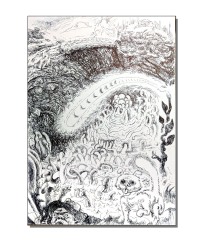
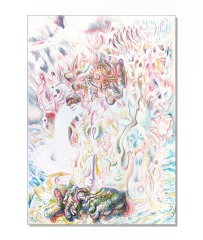
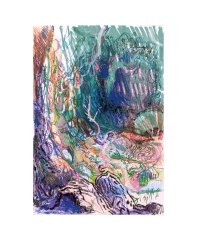
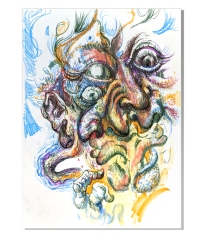
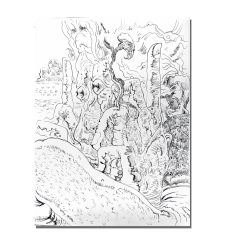
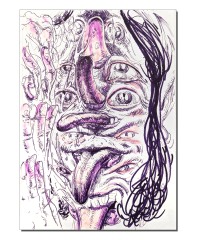
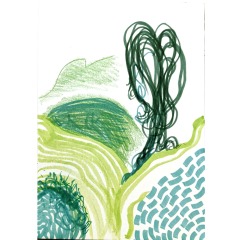
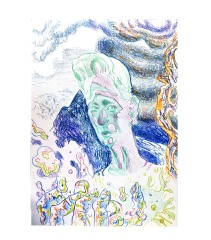
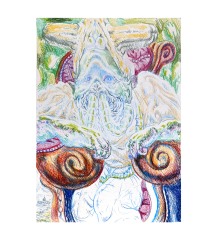
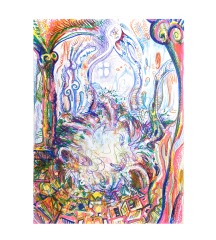
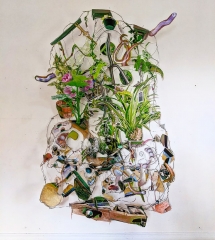
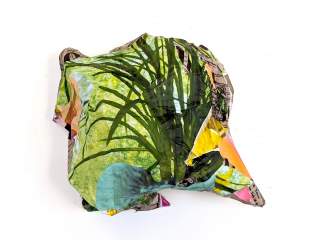
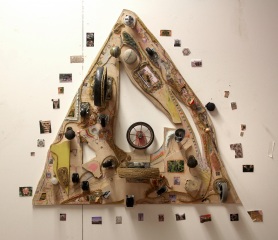
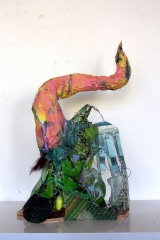
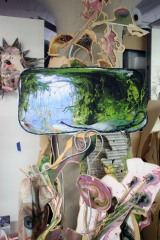
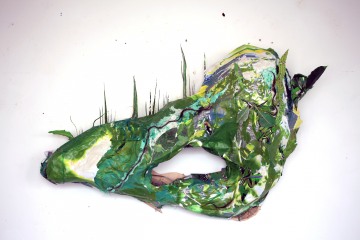
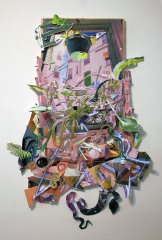
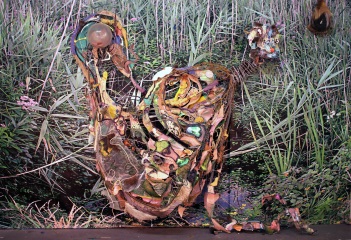
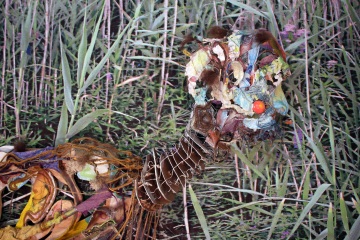
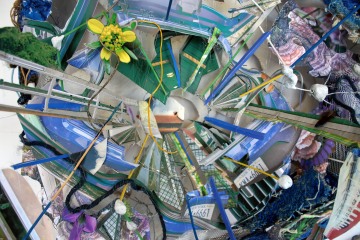
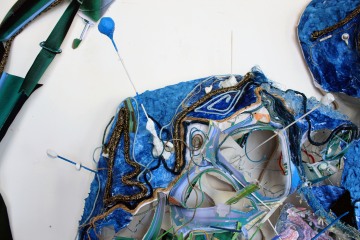
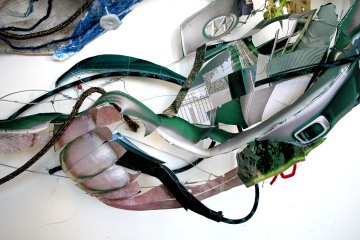
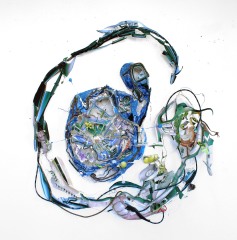
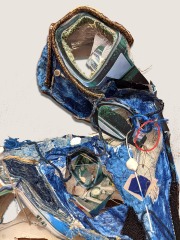
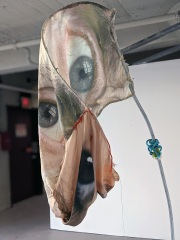
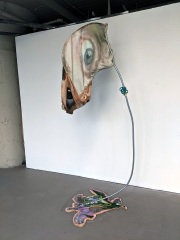










You must be logged in to post a comment.